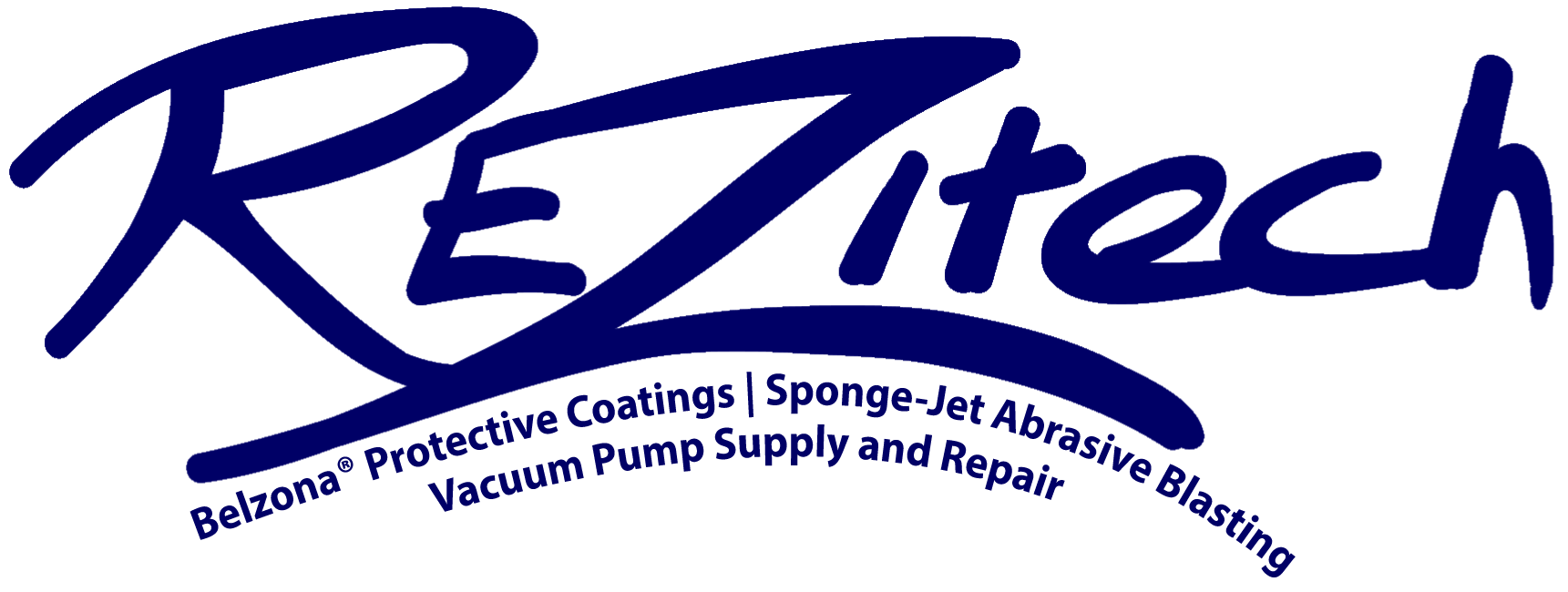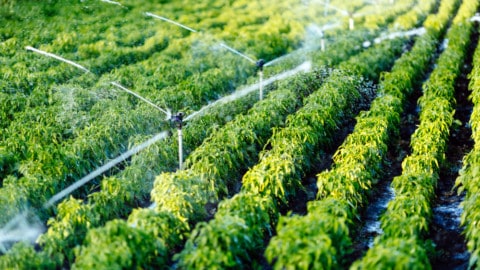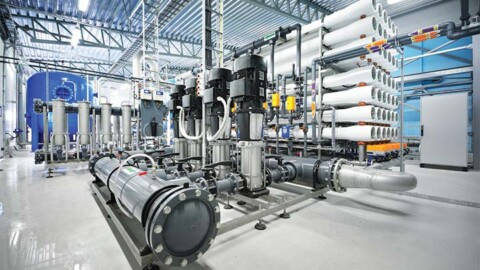The PIA’s Australian Pump Technical Handbook is a cornerstone text for the Australian pump industry and, in our opinion, a must have for anyone who deals with pumps on a regular basis. In this ongoing series, we feature abridged chapters from the classic book to showcase the various areas covered and to reacquaint readers with the technical aspects of pumps. In this article we look at selecting pump materials, and standard construction materials for general purpose water pumps and positive displacement pumps.
Selecting pump materials
When selecting suitable material for a pump component, pump manufacturers take into consideration a number of factors, and the choice will often be a compromise of cost, availability and performance. It is often the case that the cheapest material is the best material for a particular application.
A good example of this is cast iron, which may have better corrosion resistance when in contact with certain liquids than more expensive materials and has the added advantage of having noise dampening properties.
Another example of low cost materials with unique properties – such as corrosion resistance, strength to weight ratio – are plastics and other non-metallic materials. Plastics will frequently be selected where cost is not a consideration.
If an end user is in a position of needing to decide on a material option, it should not be assumed that cost is reflective of superiority or inferiority.
Some of the factors affecting material selection include:
• Pump type
• Pump components
• Liquid pumped (temperature, corrosion, erosion, abrasion)
• Method of manufacturing (casting or machining)
• Initial cost
• Economic life
• Material properties (strength, endurance limit, pressure tightness, galling characteristics, etc)
• Containment integrity for hazardous materials
The final selection of materials for pumps offered for the same operating conditions may vary between manufacturers. One reason for this is that manufacturers tend to specialise in particular manufacturing methods (eg. injection molding, casting, welding, fabrication etc) and the preferred material will be the one that is best suited to a particular form of manufacturing.
The selection of materials for large pumps, compared to small pumps, is also generally different. For example, slurry, gravel and coal handling pumps are often selected based on the minimum size of solids that can be handled.
As these pumps tend to be large and need to withstand abrasion and impact, they are either rubber lined or constructed of hard abrasion resistant alloyed cast iron. Furthermore, to meet the wide variations in required performance, pump size standardisation must be limited when the annual requirement for pumps of a given size is low.
Therefore, there are restrictions placed on the type and scope of materials available for these pumps. Similar circumstances apply in the case of pumps for power stations and utilities like water supply and sanitation, where ferrous metals are generally used.
For small domestic pumps – such as household pressure units, pool pumps, garden pumps and multistage bore pumps, etc. – the material selected for the wetted parts has to be resistant to a whole range of natural waters, including chlorinated water.
As the volume of pumps sold for such applications is quite high, tens of thousands of components may be required per annum, so injection molded plastics are widely used and a wide range of materials with excellent strength and corrosion resistant properties is available.
Along with the large industrial pumps and domestic pumps, there is a whole range of medium sized pumps designed for a multitude of purposes.
This intermediate range of pumps can be characterised in three groups:
• Special purpose pumps (eg. marine pumps, food and beverage pumps)
• Chemical pumps
• General purpose water pumps
For special purpose pumps, the manufacturer will select materials that are known to be resistant to and compatible with the liquid being pumped.
Chemical pumps may need to handle a specialised fluid from a wide variety of chemicals and therefore must be designed to be constructed in a range of materials and configurations, particularly in relation to shaft sealing.
Choice of materials for general purpose water pumps are not as simple as it first seems. These pumps can be exposed to dissolved salts, gases, pollutants, etc. which frequently create unexpected and severe corrosion problems. Therefore, material options need to be selected to overcome problems of this nature.
Standard construction materials
General purpose water pumps
General purpose water pumps for low and medium pressures generally have cast iron casings, high tensile steel shafts, and cast iron or bronze impellers and wearing parts. There is a trend for these pumps to now be manufactured from fabricated stainless steels.
In these designs, pressed and welded stainless steel is used for impellers, diffusers and casings. Some manufacturers use a combination of a cast iron casing and stainless steel impeller.
For water applications, stainless steel in grade 304 or 316 are commonly used, however in more corrosive applications, 316L is used to avoid corrosion at grade boundaries in weld heat affected zones.
In higher pressure applications, the casing is usually manufactured from ductile iron, or cast, forged or welded steel with a high alloy steel shaft, and impellers and diffusers manufactured in bronze or stainless steel.
A table containing a general guide of materials for the range of fluid pH is available in the Pump Technical Handbook.
All stainless steel pumps – all components in direct contact with the pumped liquid are manufactured from a corrosion resistant steel with suitable properties for the specific application. Today, depending on the flow and pressure, these pumps may be substituted by a range of pumps manufactured from non-metallic materials.
All bronze pumps – all components in direct contact with the pumped liquid are made of a bronze composition with suitable properties for the specific application.
Bronze-fitted pumps – the pump casing is cast iron while the impeller, impeller rings, brushes and shaft sleeves (if fitted) are manufactured in bronze. The term ‘zinc-free bronze’ is often used in conjunction with bronze pumps. This specification originated from the dezincification corrosion problems experienced with brasses and modified brasses. What is required is a material that is not susceptible to dezincification eg. leaded gunmetal. Zinc content can rise to 15 per cent without dezincification occurring.
All iron pumps – all components in direct contact with the pumped liquid are manufactured from ferrous metal. Stainless steel-fitted pumps – the casing is manufactured from a material suitable for the application while the impeller, impeller rings, brushes and shaft sleeve (if fitted) are a corrosion-resistant steel with suitable properties for the specific application.

For marine applications, it is normally recommended for the casing to be manufactured from leaded gunmetal or in some instances cast iron, the impeller from aluminum bronze, wearing rings from leaded bronze, and the shaft and sleeves from stainless steel.
Some pump applications are subject to high suction lifts or low NPSHA, which require more cavitation resistant materials to be selected.
Testing indicates the following materials have an increasing resistance to cavitation, from least to most: cast iron, bronze, aluminum bronze, stainless steel and duplex stainless steel.
Positive displacement pumps
Most manufacturers have standardised their positive displacement equipment on a range of metallic, plastic and elastomeric materials designed to be employed in a majority of applications.
Due to its corrosion resistant qualities, stainless steel 316 is one of the most commonly used materials for general purpose positive displacement pumps.
However, stainless steel may not be resistant to fluids with high concentrations of chloride and some acids. In these instances, especially in regards to critical components, where no corrosion is permissible, other materials such as P20, Hastelloy, ceramic, Monel or titanium may be necessary.
Plastic materials are used extensively due to their resistance to chlorides and acids in low temperature applications. PTFE is often used for gaskets and glands due to its chemical inertness which makes it particularly popular for food and beverage applications since it does not harbour bacteria and is therefore not a source of contamination.
Elastomeric materials are specifically used for diaphragms, glands, seals, pump stators, rotors etc. due to their compatibility. On the other hand, high alumina ceramic is ideal for pump plungers, valves and mechanical shaft seals with its extreme hardness and corrosion resistance.
Further information and detailed diagrams, equations and schematics can be found in the Australian Pump Technical Handbook, available from the PIA website. In the next edition of Pump Industry, we continue to explore pump materials.




















